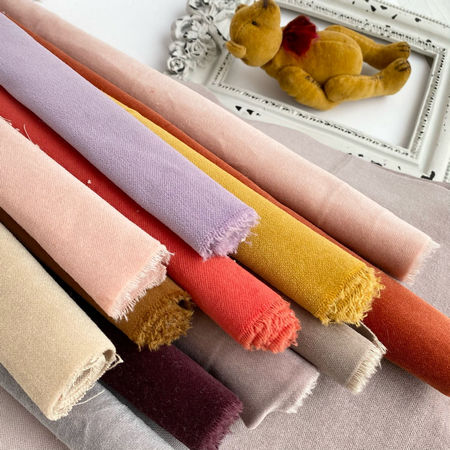11 feasible countermeasures to improve the color fastness of leather textile fabrics to rubbing.

(1) pay attention to the screening of dyestuff, use those good solubility, combined with a good quality dyestuff, when the conditions allow, it is best to use metal complex dyestuff and alcohol-soluble dyestuff, as little as possible to use acid dyestuff.
(2) Before dyeing, we must remove the dust and chips on the leather surface.
(3)The color should be dyed as accurate as possible, avoid spray dyeing and color mixing afterwards.
(4) When dyeing or top dyeing, the dyeing temperature should be controlled in a high range, generally to 60~65 ℃. When using low temperature dyeing with small liquid ratio, the temperature can be warmed up by replenishing water at the later stage of dyeing, and finally the temperature should be controlled at 60~65 ℃.
(5) When formic acid fixing, there should not be more remaining uncombined dyestuff with leather in the dyeing bath, formic acid should be added slowly in stages, and the fixing rotation time should be extended and the final pH control value should be adjusted down.
(6)When using cationic material to fix the color in the late dyeing stage, the bath should be changed.
(7) Covering the leather blank after color fixing and washing with a small amount of soft filling resin will improve its rubbing resistance color fastness to some extent.
more: https://www.qinsun-lab.com/News-and-events/1742.html
评论
发表评论